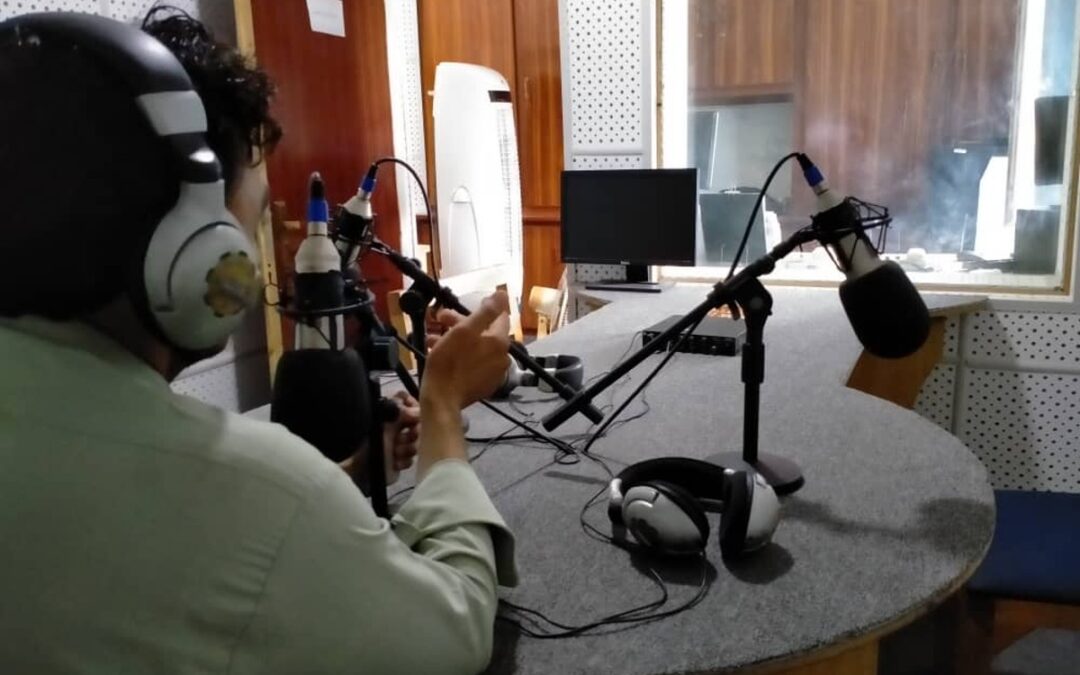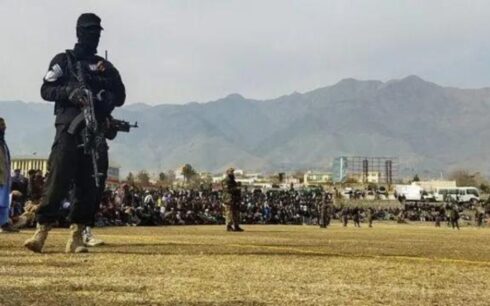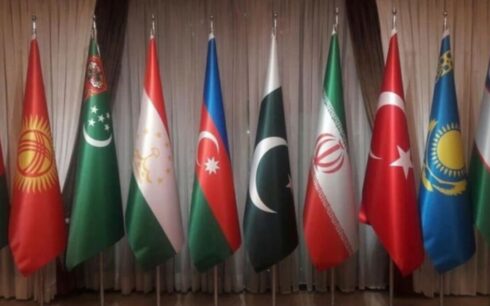The Afghanistan Journalists Center (AFJC) reported on Wednesday that Taliban have issued a new directive in Nangarhar Province in eastern Afghanistan, barring public officials from being photographed, sharing photos, or participating in video interviews with the media.
Nangarhar is now the fifth province where such restrictions have been formally imposed, following similar bans in at least four other provinces.
In a statement, the AFJC voiced serious concern over the spread of these restrictions across Afghanistan, warning of negative consequences for media operations and public access to information.
According to the organization, journalists in Nangarhar reported that the Taliban’s provincial Directorate of Information and Culture formally notified local media of the new prohibition on Tuesday, Nov. 12.
In the directive reviewed by the AFJC, Nangarhar’s Taliban deputy governor, Azizullah Mustafa, instructed district officials and department heads to adhere to an order from Taliban leader Haibatullah Akhundzada that prohibits “taking and sharing photos of living beings.” Mustafa noted that a military meeting was held to ensure strict enforcement of this mandate.
Moving forward, officials are required to exclude people from photographs in official reports, using instead images of signs, logos, or government buildings. Interviews with the media are permitted only in audio format.
These restrictions are already fully enforced in the provinces of Kandahar, Takhar, Badghis, and Helmand, where local and private television stations have been shut down due to these measures limiting media access to local officials.
On August 22, the Taliban’s Ministry of Justice announced that the “Promotion of Virtue and Prevention of Vice” law, which includes limitations on media coverage and journalism practices, would be implemented. This law grants Taliban enforcers authority to prevent the publication of images depicting living beings, including those used in media reports.
The AFJC warned that the expansion of these restrictions adds to the significant challenges already faced by Afghan journalists, who have endured increasing numbers of restrictive media policies over the past three years.





